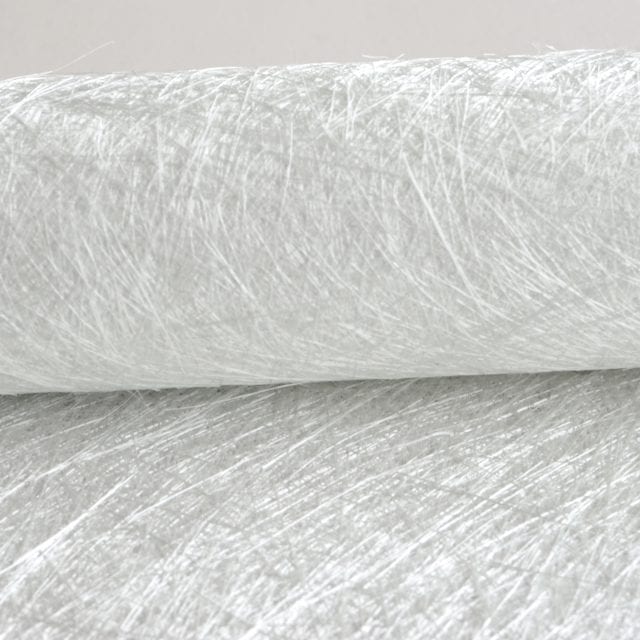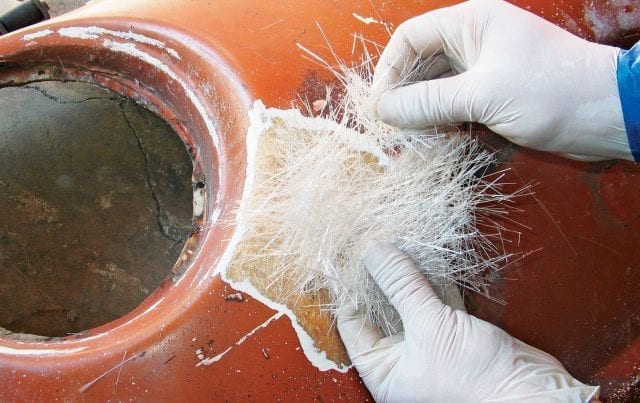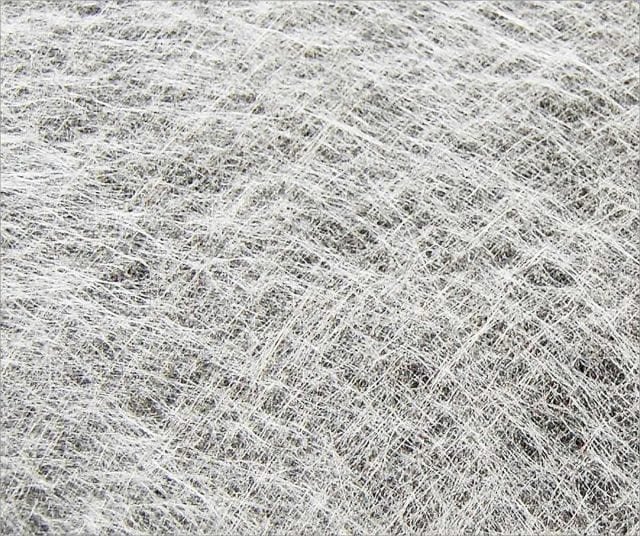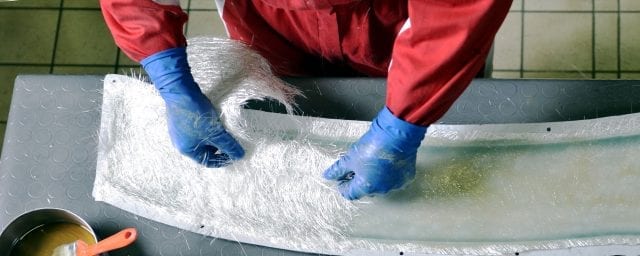
Fiberglass has been around for centuries, but it wasn’t as manufactured like it is today. When you hear of fiberglass, everyone around you knows what you’re talking about. People usually think of fiberglass as a form of home insulation most commonly, and they don’t realize all of the other things that they may own that contain fiberglass.
What is Fiberglass?
When fiberglass is made, they use actual glass, and then heat it, and force it through fine screens to make glass “strings” which are extremely small. They are thinner than a hair on your head. You know when you have a string of syrup or gum, and you stretch it so far that there is that little “hair-like” string that gets on your face that you can feel but you can’t get off or see? Yes, that thin (or more).

Think spider-silk if you want a good analogy on just how thin fiberglass is. But it is actually made of real glass. They can use these strings to make larger pieces of woven material, or used in the fluffy form so they can be converted into forms of insulation or soundproof materials.
Sometimes, manufacturers use resins that can be added once it’s woven to enhance the strength of it, similar to how doctors may make a cast for a broken bone. Even motherboards for computers have a base which is made of fiberglass. As a matter of fact, many manufacturers of things we use every day also use fiberglass, from car bodies to surfboards, skateboards, and more.
How is Fiberglass Made? (In more detail)

Using a process called pultrusion, as mentioned above the molten glass is forced through screens which actually creates the fibers. Sometimes, they make the actual glass themselves by using sand, limestone, clay, and other elements and minerals and molt them, then use the liquid to make a ball of “string” (which is most commonly spooled just like a thread for future production). They then use these filaments to make different forms of fiberglass. The fiberglass is often used to add an element of strength to certain materials in the manufacturing industry by creating a composite of the fiberglass, and a form of epoxy resin in order to further strengthen it.
There are many ways that fiberglass itself is actually made from there. Some companies make an epoxy powder by finely grinding the fiberglass once it is compressed together by means like sanding, grinding with grinders, and more. Contrary to most products like this where the waste is simply disposed of, many times fiberglass manufacturers use every form of fiberglass to be available for numerous types of product manufacturing.

The strings themselves as mentioned above are used for weaving, an excess can be used for heating and pressing to make actual sheets of fiberglass, the powder is often used as a filler and strengthening agent in liquids.
Conclusion
When it comes to fiber manufacturing, fiberglass is definitely one of the ways to go. It’s stronger than plastic and carbon and can be used so widely and it’s a very diverse ingredient. There are more safety precautions that a person usually has to utilize (plastic normally doesn’t get in our skin like fiberglass does just from rubbing up against it). But, it’s easy to say that while many people only think of fiberglass as the tool for one type of product (or a few), they are wrong to think like that. There is fiberglass in just about everything we use, as well as some of the actual tools that help to manufacture the fiberglass itself.
Sources: sparteccomposites.com






